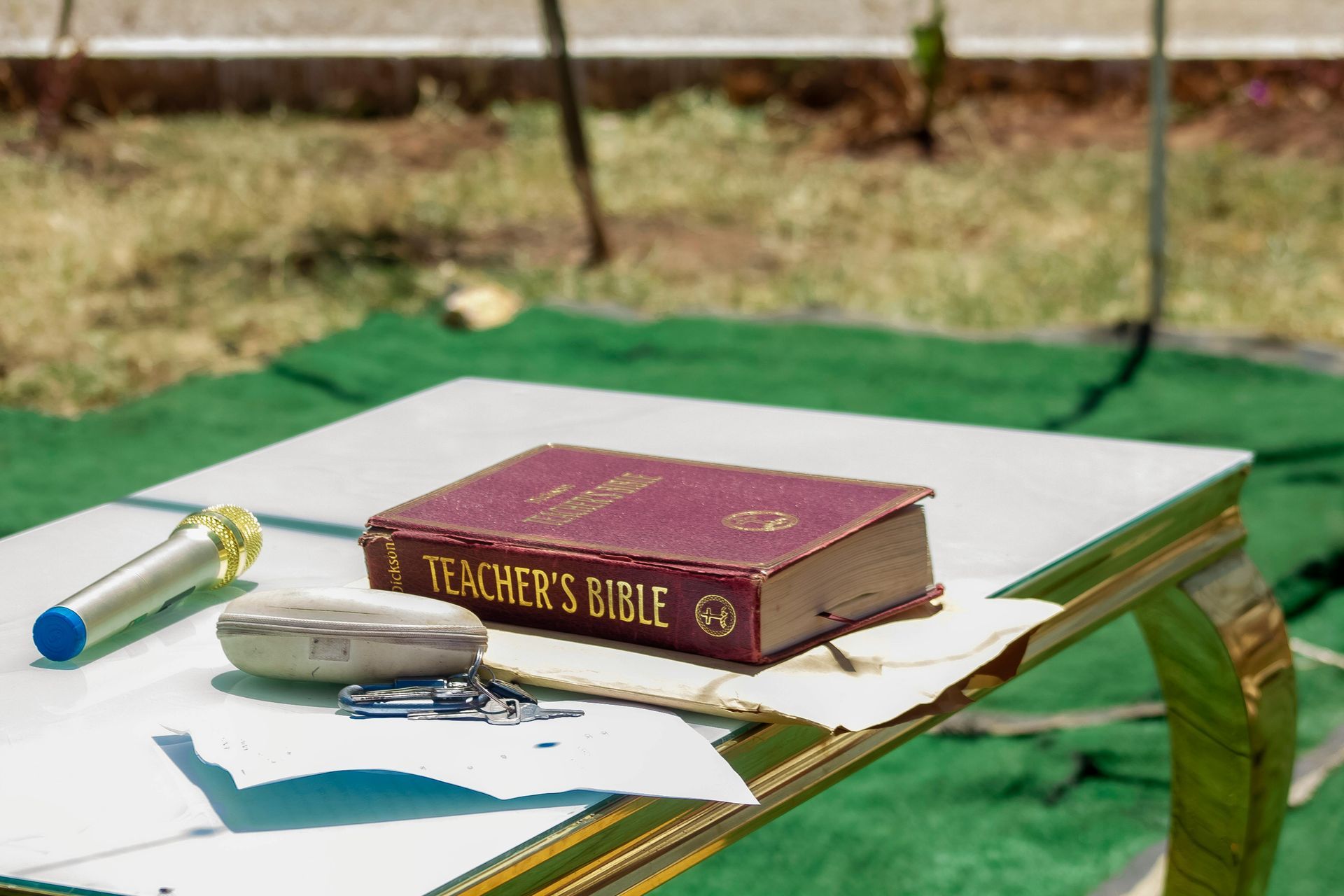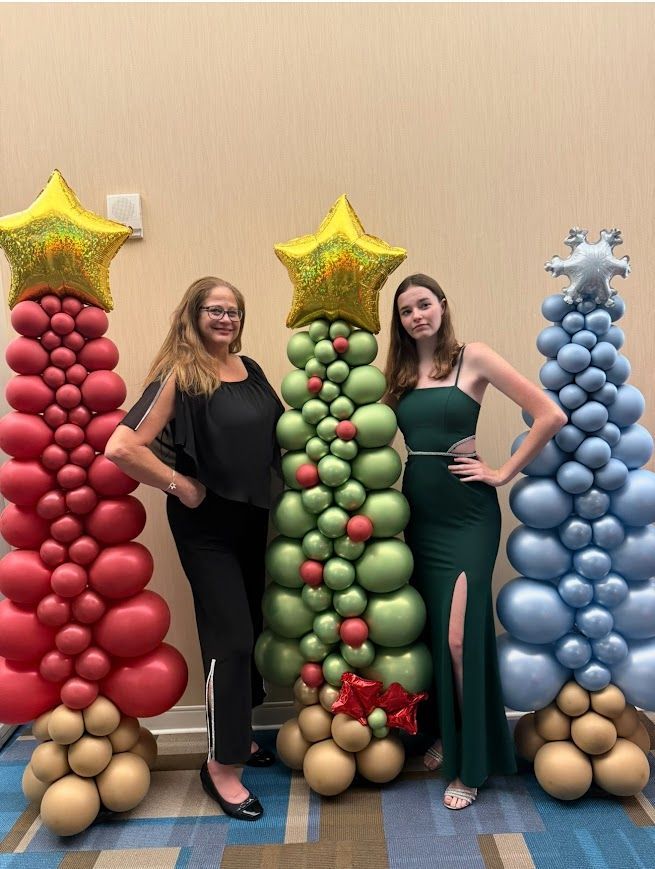NYE BALLOON DROPS AND DECOR

Vacation Bible School (VBS) is one of the most exciting and impactful ministries many churches offer. At the heart of every successful VBS is a well-organized station rotation system that keeps kids engaged, learning, and growing spiritually. For planners and teachers, organizing VBS stations may feel like a massive task, but with a solid plan, it becomes an enjoyable and rewarding process. Here’s a step-by-step guide to help you organize your VBS stations smoothly and successfully.
Step 1: Clarify Your VBS Vision and Goals
Before you dive into logistics, start by defining your VBS vision. What do you want the children to take away from the experience? Is your focus on introducing Bible stories, reinforcing memory verses, fostering fellowship, or highlighting missions?
Choose a theme that aligns with your curriculum and church mission. Consider the age groups you will serve and tailor the program to meet their developmental and spiritual needs. Clear goals will guide all your planning decisions and keep your team aligned.
Step 2: Identify Your Core Stations
Your stations are the building blocks of VBS. Here are the most common and effective ones:
- Bible Story Station: The heart of VBS where children hear and experience God’s Word.
- Craft Station: Hands-on activities that reinforce the day’s lesson.
- Music & Worship Station: Singing, motions, and memory verse songs that make learning fun.
- Game & Recreation Station: Physical activities that encourage teamwork and joyful interaction.
- Snack Station: A time for refreshment and fellowship.
- Missions/Service Station: Teach children about giving, serving, and global missions.
- Optional Stations: Consider adding a Science, Drama, or Reflection station if resources allow.
Evaluate your space, budget, and volunteer availability when selecting which stations to include.
Step 3: Build Your Volunteer Team
A strong team is essential. Start recruiting early and assign specific roles:
- Station Leaders: Oversee each station and guide the activities.
- Assistants & Youth Helpers: Support the leaders and help manage the kids.
- Floaters: Available to step in wherever needed.
Provide each volunteer with clear expectations, including time commitments, responsibilities, and safety guidelines. Schedule training sessions so everyone feels prepared and confident.
Step 4: Map Out the Daily Rotation Schedule
Efficient scheduling keeps your VBS running smoothly. Organize children into groups based on age or grade. Plan rotation times (typically 15-30 minutes per station) and create a master schedule for leaders and group guides.
Factor in:
- Transition times between stations.
- Bathroom and water breaks.
- Early drop-offs or pick-ups.
Stagger rotations to minimize crowding, and prepare printed schedules for each group leader.
Step 5: Prep Materials and Curriculum for Each Station
Organize your supplies well in advance. Use your curriculum’s supply lists as a starting point. Purchase, sort, and label materials by station and by day.
Create a Station Bin for each leader, including:
- Daily lesson plans and instructions.
- All necessary supplies.
- Group schedules.
- Emergency contact information.
Having everything ready eliminates last-minute stress and keeps each station running on schedule.
Step 6: Set Up the Physical Space
Choose appropriate locations for each station, considering noise levels, accessibility, and space needs. Decorate according to your theme to create an immersive environment that excites the kids as they enter.
Set up all stations at least one to two days before VBS starts. Conduct a walkthrough to ensure:
- Equipment is functioning.
- Signage is clear and visible.
- Safety hazards are addressed.
Test all audiovisual elements, sound systems, and any interactive components.
Step 7: Train Your Station Leaders
Hold a comprehensive training session covering:
- Daily station routines and expectations.
- Safety and child protection policies.
- Behavior management strategies.
- Emergency procedures.
Encourage leaders to be flexible. Sometimes Plan A becomes Plan B, and that’s okay. Reinforce the importance of teamwork and keeping the children’s experience positive and Christ-centered.
Step 8: Oversee & Support During VBS Week
Designate a VBS Director or point person to handle troubleshooting and support. Conduct daily check-ins with station leaders to gather feedback and address any issues promptly.
Watch for signs of volunteer fatigue and step in to encourage and support your team. Be ready to make quick adjustments to the schedule or activities if necessary to maintain smooth operations.
Step 9: Debrief, Evaluate, and Celebrate
After VBS concludes, hold a debrief meeting with your volunteers. Discuss what worked well and what could be improved for next year. Collect written feedback for future planning.
Show your appreciation to your team with thank-you notes, small gifts, or a celebration event. Document your schedules, supply lists, and notes to make next year’s planning even easier.
How do I make VBS interesting?
To make VBS interesting, focus on creating a fun, interactive experience that captures children's attention. Use engaging storytelling, incorporate active games, include hands-on crafts, and provide energetic music with motions that help reinforce the lessons. Variety is key, so mix up activities throughout the day and allow time for small group discussions where kids can build relationships and reflect on what they’ve learned. Adding surprise elements, like guest speakers or special activities, can also keep excitement high throughout the week.
What makes a good VBS theme?
A good VBS theme is one that connects clearly to biblical truths and supports your spiritual learning goals. It should be age-appropriate, visually inspiring, and allow for a wide range of activities that appeal to different learning styles. Themes that are flexible and imaginative, such as space adventures, underwater exploration, or kingdom quests, often work well because they offer many creative opportunities for lessons, decorations, and crafts while keeping kids engaged and focused on God’s Word.
What are some inclusive VBS ideas?
Inclusive VBS ideas focus on ensuring every child feels welcome and able to participate fully. This can include adapting lessons and activities for different learning needs, offering sensory-friendly spaces for children who may get overwhelmed, and providing language support for children who speak English as a second language. Including stories, songs, and visuals that reflect a variety of cultures and backgrounds can also help every child feel represented and valued. Encouraging family involvement can further foster a sense of community and belonging.
What are some budget-friendly VBS themes?
There are many creative VBS themes that work well even on a small budget. Themes like “The Fruit of the Spirit Garden” allow you to use simple nature decorations and focus on character-building lessons. “The Armor of God” provides opportunities for low-cost crafts using paper and cardboard to create costume pieces. “Parables of Jesus” can be taught with minimal props and simple storytelling. “Journey Through the Bible” allows for homemade backdrops representing different Bible stories, while an outdoor “Backyard Bible Club” format uses existing spaces and supplies to keep costs low.










